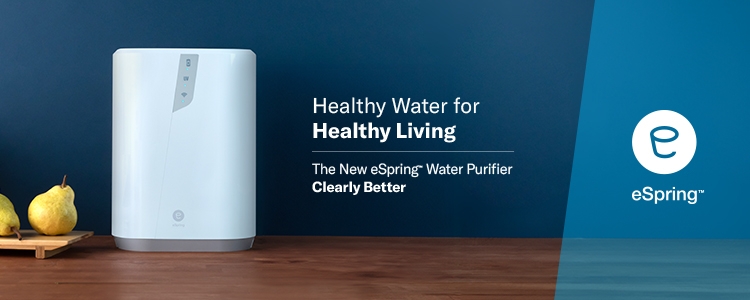
In recent years, Malaysia has been grappling with a silent but significant environmental menace: the potential contamination of its water bodies with microplastics and pharmaceutical waste. This pollution poses a severe threat not only to aquatic ecosystems but also to human health.
So, what are the causes and consequences of this contamination? We explore the origin and potential health effects associated with exposure to these harmful pollutants.
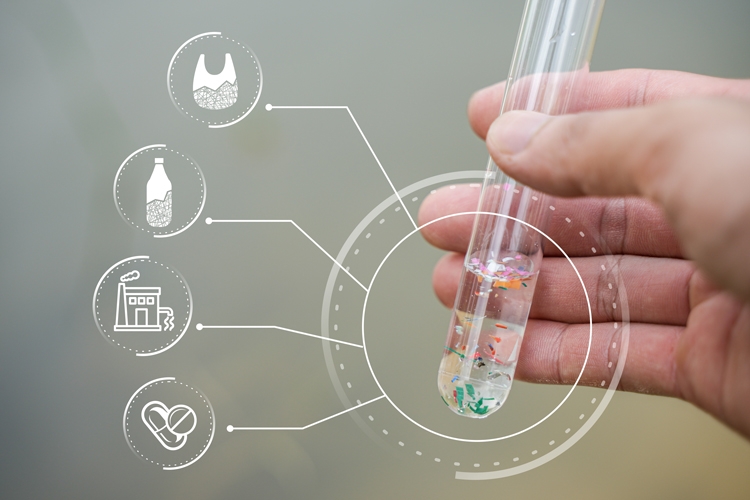
Microplastics are tiny plastic particles, less than 5mm in size, that originate from various sources such as the breakdown of larger plastic debris, microbeads in personal care products and synthetic fibres from clothing.
Pharmaceutical waste, on the other hand, refers to residues of drugs and medications that enter water bodies through improper disposal, sewage systems, or runoff from pharmaceutical manufacturing facilities.
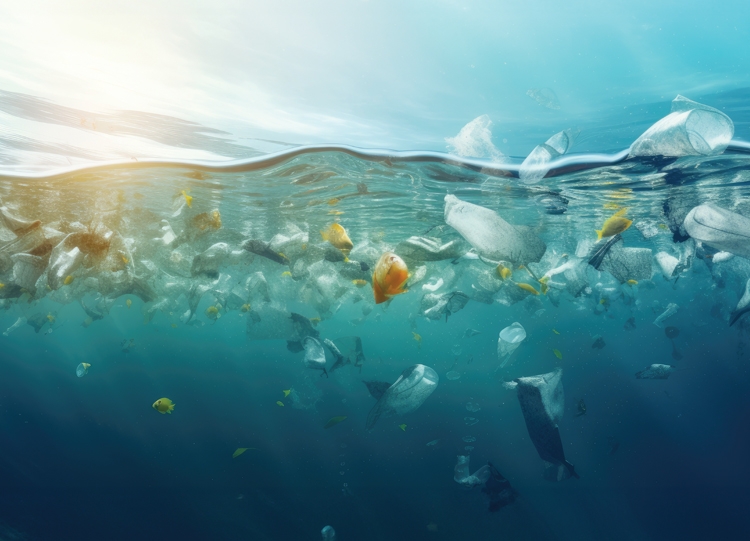
Malaysia’s abundant water resources, including rivers, lakes and coastal areas, are vital for sustaining ecosystems, supporting agriculture and providing drinking water to millions of people. However, these water bodies are also possibly contaminated by microplastics and pharmaceutical waste due to urbanisation, industrialisation and inadequate waste management practices.
According to a 2018 study, 93% of 259 bottled waters contain microplastics1. More recently, a 2024 study reported that there are 240,000 tiny pieces of plastic in every litre of bottled water on average2.
Besides that, research conducted in Putrajaya also detected the presence of various pharmaceutical residue concentrations up to 0.38 ng/L, with the highest concentration of caffeine (0.38 ng/L) and the lowest concentration of diclofenac (0.14 ng/L), all of which were assessed as ubiquitous in daily drinking water, and can increase the likelihood of potential human health risks3.
The potential presence of microplastics and pharmaceutical waste in Malaysian water poses significant health risks to both humans and aquatic life. Let’s take a closer look...
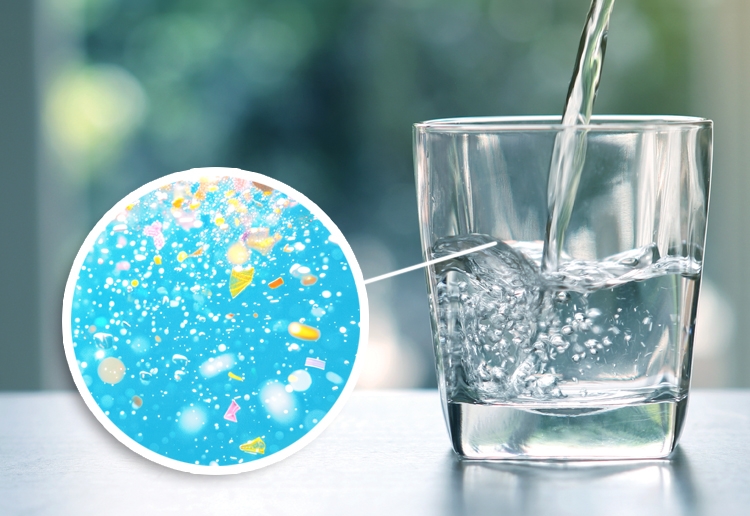
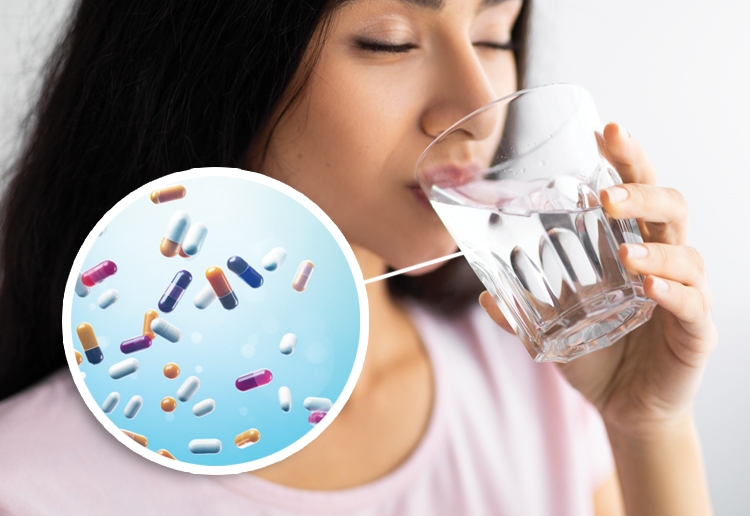
Mitigating the contamination of Malaysian waters with microplastics and pharmaceutical waste requires a multi-faceted approach involving industry collaboration, public awareness and education as well as innovative technological solutions.
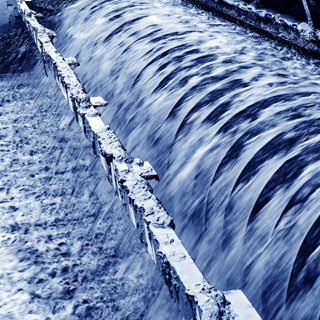
Responsible pharmaceutical manufacturers can adopt cleaner production methods and invest in advanced wastewater treatment technologies to minimise the release of pharmaceutical waste into the environment.
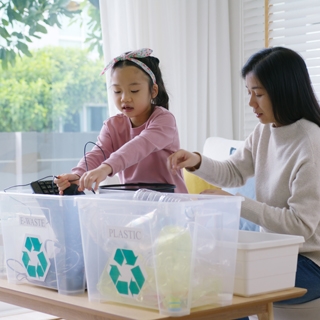
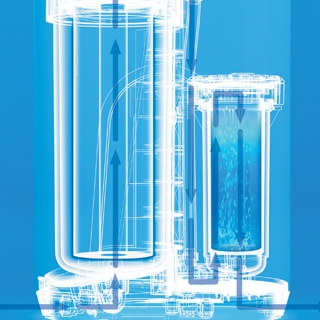

While still cleaner than many other places, the possible contamination of Malaysian waters with microplastics and pharmaceutical waste comes with potential health risks. Thus, it is highly recommended that each household invest in an innovative water purifying solution to ensure clean, safe and healthy mineralised drinking water for Malaysians of all ages.
Stay tuned for an exciting new launch from eSpring, coming soon.
References:
